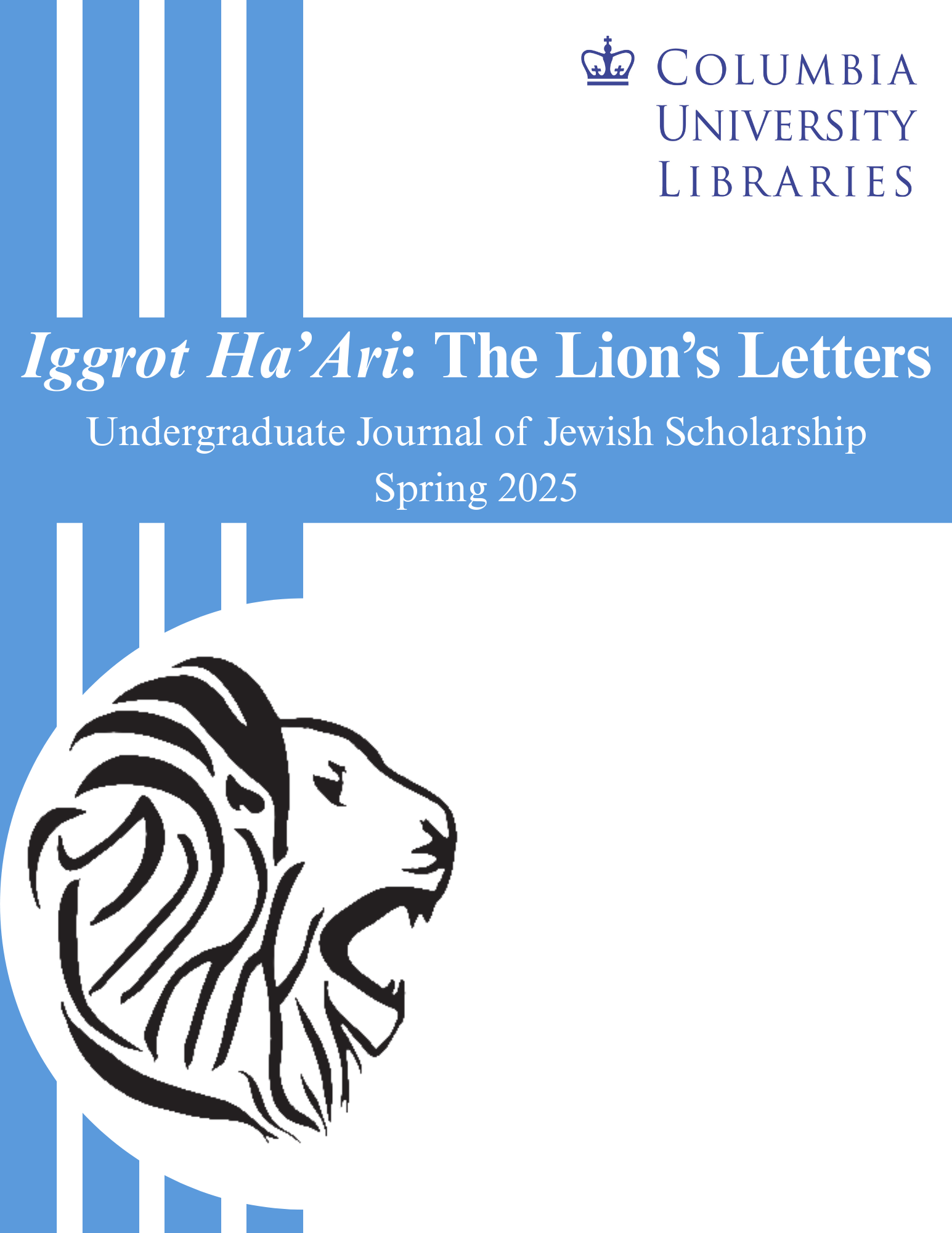Abstract
The existentialist philosopher Martin Buber focuses much of his scholarly attention on revealing the spiritual core of Hasidism. While the historian Gershom Scholem criticizes Buber’s methods for their lack of historical grounding, Buber argues throughout his work that the folktales of Hasidism represent its spiritual core, despite never explicitly identifying what this spiritual essence actually is. In vaguely searching for this essence, Buber published and reinterpreted a collection of Hasidic folktales in his volume The Legend of the Baal Shem in 1907. Later, however, he backtracked, claiming to have reinterpreted these legends in a way that was unfaithful to the essence of Hasidism. In 1947, Buber published Tales of Hasidism in which he retold a number of stories he originally compiled in The Legend of the Baal Shem. Buber’s literary style differs between the two works, which raises the questions: How exactly does Buber’s interpretive style differ across the collection of stories? How does Buber reinterpret the stories differently in the two collections? And, ultimately: What is Buber’s idea of the essence of Hasidism? Using the introduction of the two collections, as well as the short stories in each collection that relate to the early life of the Baal Shem Tov, I will attempt to answer these questions, ultimately concluding that Buber’s conception of the essence of Hasidism is the sanctification of the Here and Now, the present-day world of real people.

This work is licensed under a Creative Commons Attribution 4.0 International License.
Copyright (c) 2025 Rose Clubok

